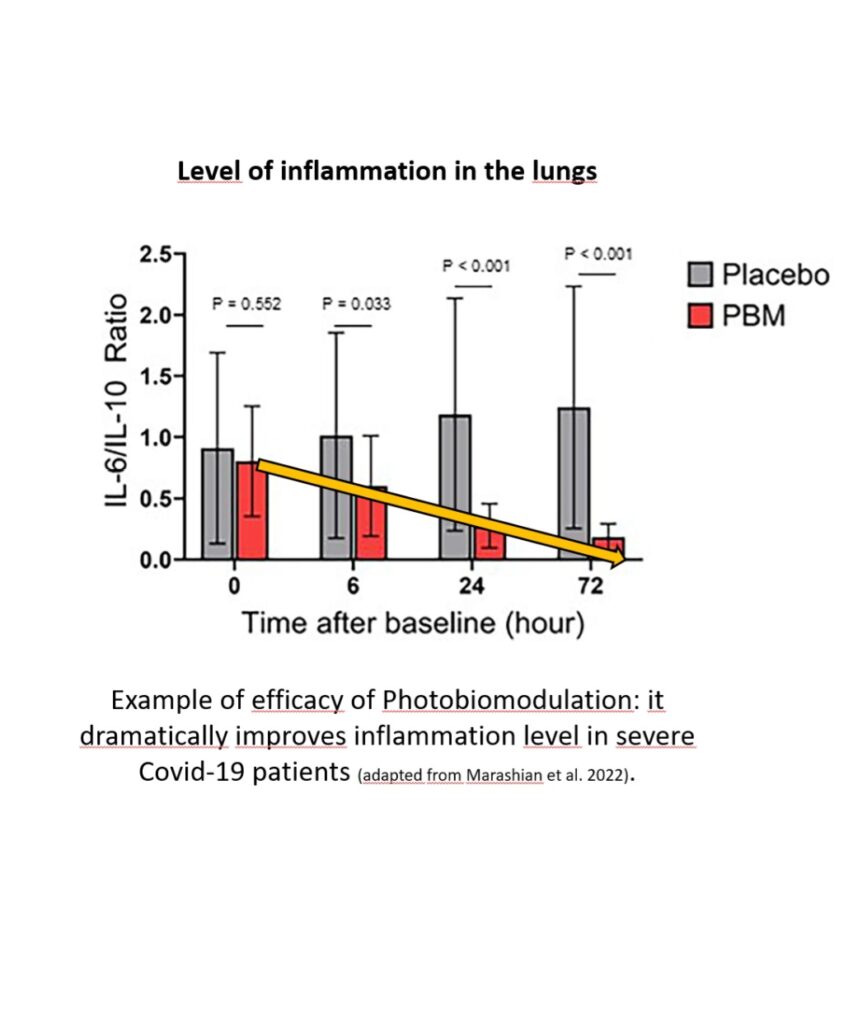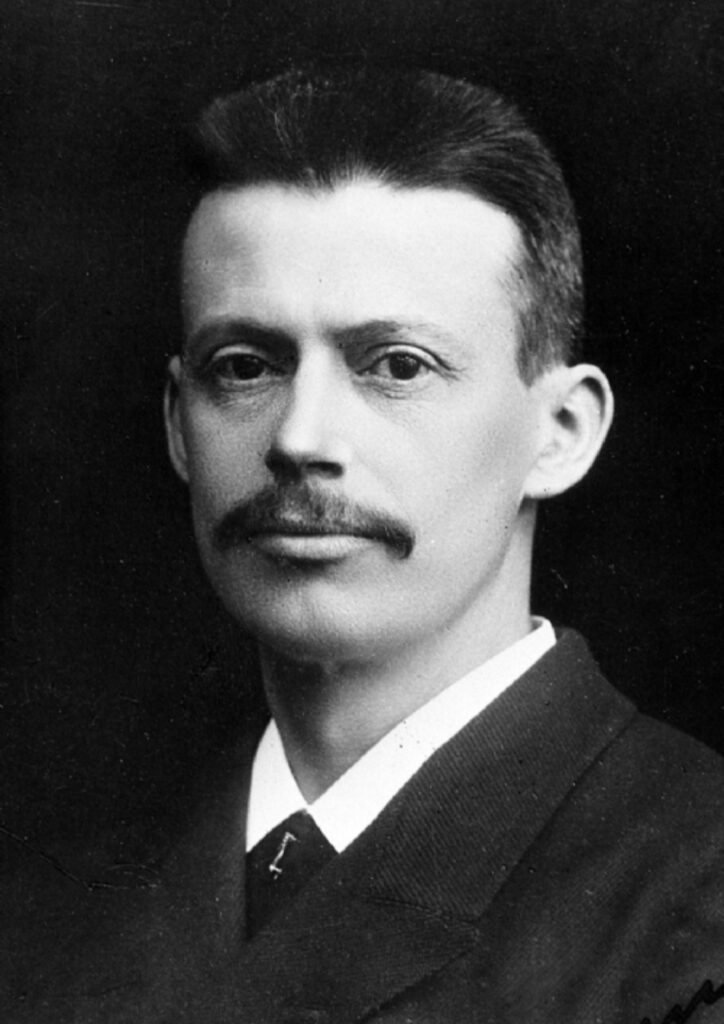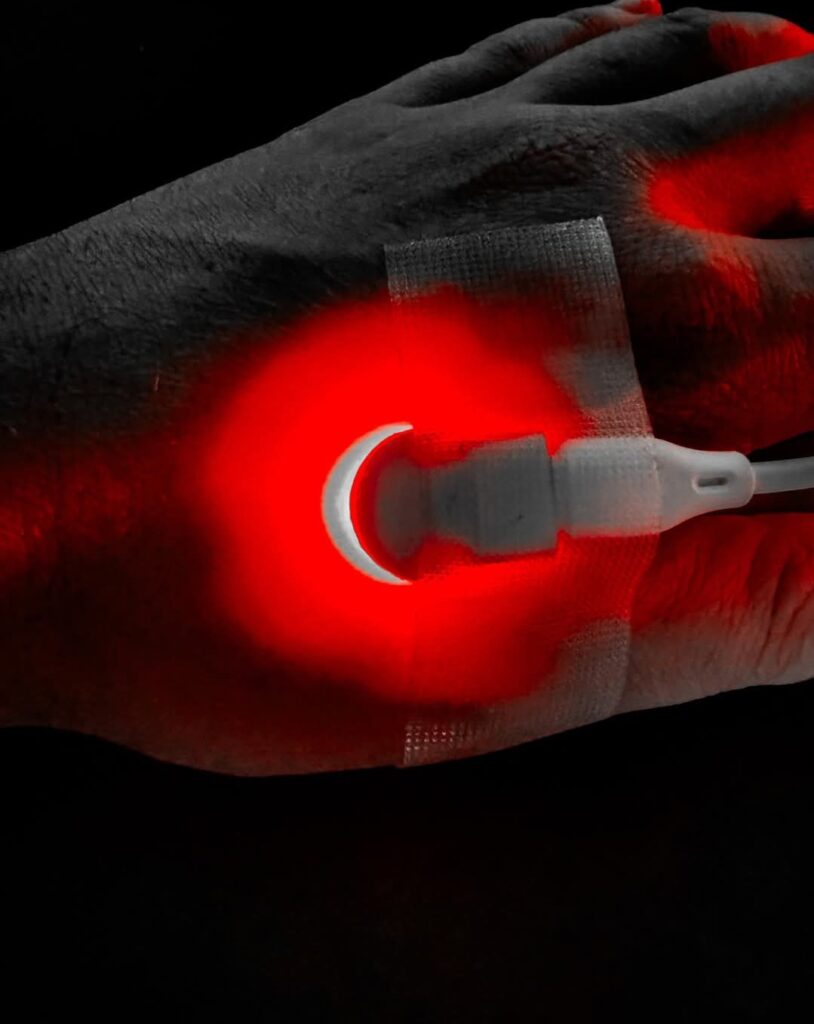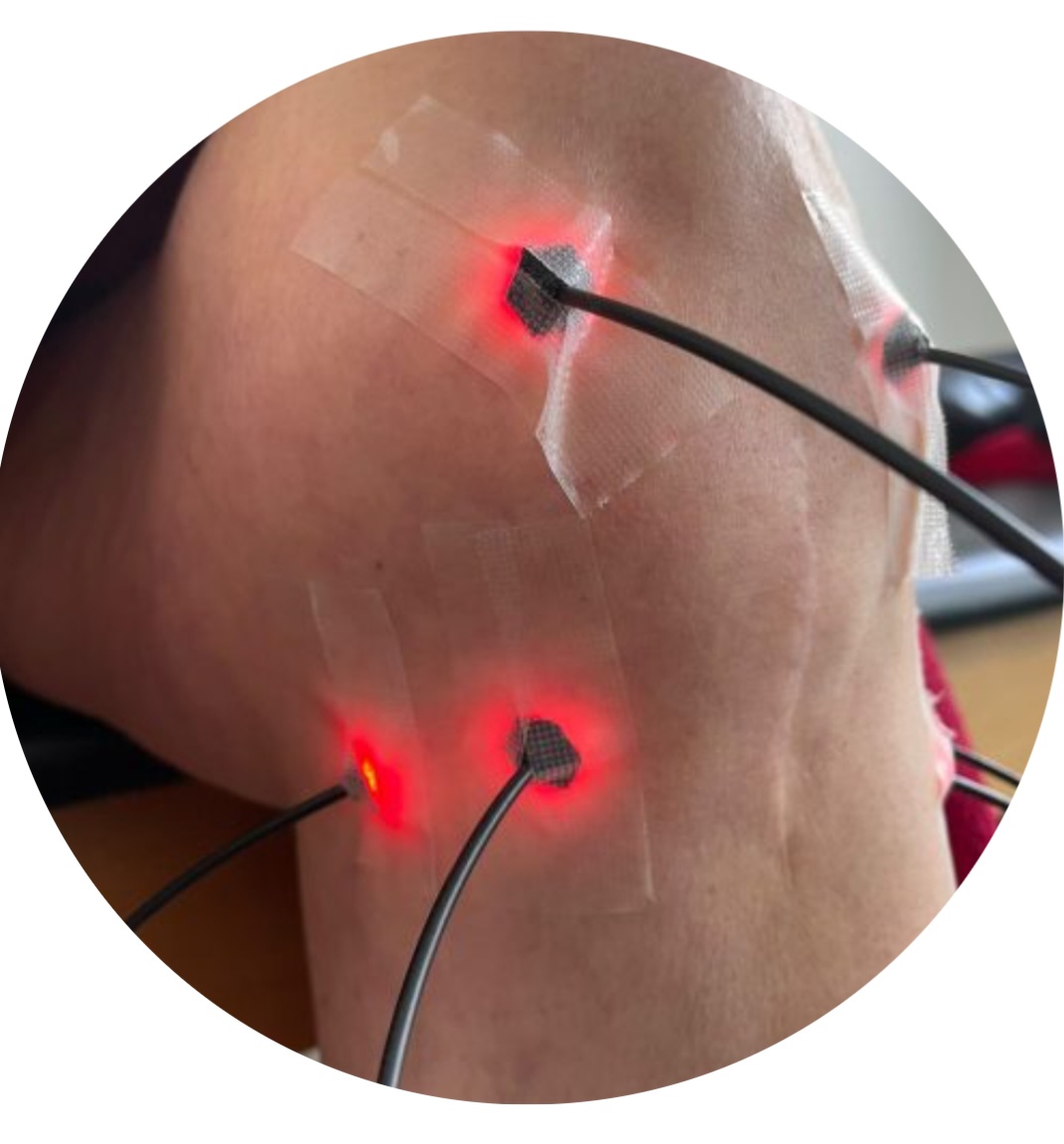Your cart is currently empty!
Photobiomodulation: The Science of Light Therapy

- Photobiomodulation (PBM) is an advanced, non-invasive therapy that uses specific, clinically proven wavelengths of light to stimulate healing and regeneration at the cellular level. By delivering this light energy via low-level lasers or high-intensity LEDs, PBM triggers beneficial biological processes, helping to reduce pain, decrease inflammation, and accelerate tissue repair without medication or side effects.
- Human Photosynthesis: How Photobiomodulation Works : Think of Photobiomodulation as photosynthesis for the human body. Just as plants use sunlight to create energy, this therapy uses specific wavelengths of light to fuel your cells. This targeted light is absorbed by your tissues, where it kick-starts cellular activity, boosts energy production, and promotes healing from within. It’s a non-invasive way to empower your body to repair itself.
Nobel Prize in Physiology or Medicine using light therapy
When we discuss the medical applications of light, it’s fascinating to note that this field’s importance was recognized at the highest level over a century ago. In 1903, the Nobel Prize in Physiology or Medicine was awarded to Professor Dr. Niels Ryberg Finsen for his revolutionary treatments using red light therapy. He was honored for developing the first effective treatment for lupus vulgaris, proving that focused light could cure devastating diseases and laying the scientific groundwork for all modern phototherapy.
Who is Prof.Dr. Niels Ryberg Finsen
He was a Danish-Faroese physician and scientist who is considered the father of modern phototherapy. Born in the Faroe Islands in 1860, he moved to Denmark to study medicine at the University of Copenhagen, graduating in 1890.
Finsen’s life and work were profoundly shaped by his own chronic illness, Niemann-Pick disease, which he developed in his early twenties. The disease caused progressive weakness, heart problems, and severe fatigue. As he battled his illness, he began to meticulously study the effects of sunlight, noticing that he felt significantly better when basking in the sun. This personal observation sparked a lifelong scientific investigation into the therapeutic properties of light.
His research led to two major discoveries. First, he found that certain wavelengths of light were harmful to tissue. By filtering out ultraviolet rays with red glass, he could prevent the scarring of smallpox lesions. Second, and more importantly, he discovered that concentrated ultraviolet (UV) rays had a powerful bactericidal effect. He designed a special carbon arc lamp, known as the “Finsen Lamp,” to focus these UV rays onto the skin.
This invention proved to be the first effective treatment for lupus vulgaris, a devastating and disfiguring form of skin tuberculosis. His success was so great that the world-renowned Finsen Institute was established in Copenhagen in 1896 to advance his work.
In 1903, his pioneering contributions were recognized with the Nobel Prize in Physiology or Medicine. By this time, he was so frail from his illness that he had to receive the prize in his wheelchair.
Professor Finsen died just one year later, in 1904, at the young age of 43. Though his life was short, his legacy is immense, having established a completely new branch of medicine and proven that light could be a powerful tool for healing.


Acupuncture & Light therapy : A New Level of Healing
Combining Photobiomodulation (PBM) with acupuncture creates a powerful synergy for superior patient outcomes.
Increase Versatility: Confidently address a wider range of conditions—from musculoskeletal to metabolic—and offer truly holistic care
Amplify Healing: PBM accelerates cellular repair, enhancing your results with injuries, chronic pain, and inflammation.
Deepen Pain Relief: Add a powerful layer of light-based analgesia to your treatments, providing faster and more profound relief.
Welcome All Patients: Offer a non-invasive, painless alternative for needle-averse clients, expanding your practice’s reach.
The Modern Acupuncturist’s Edge
Amplify your traditional practice by integrating the power of Photobiomodulation. This seamless combination elevates your treatments, commanding faster tissue repair while adding a potent, light-based approach to pain relief.
As a safe and non-invasive solution, it’s your key to welcoming needle-sensitive patients and expanding your ability to treat a broader spectrum of conditions. This isn’t just an addition—it’s an evolution of your expertise.
The Art of Acupuncture & the Science of Light
Adopting Photobiomodulation is more than a technical upgrade; it is a commitment to the future of holistic care. The RedPoint devices, powered by PBM (Low-Level Laser Therapy), are engineered to create a seamless synergy with your acupuncture practice. This allows you to achieve superior results in pain management and tissue healing, welcome needle-averse patients, and confidently expand your treatment offerings. Explore the RedPoint system and begin delivering the next generation of wellness.

Supporting Scientific Literature
Below is a selection of foundational and clinical studies that validate the mechanisms and efficacy of Photobiomodulation (Low-Level Laser Therapy).
Formatted References:
2004 Hopkins, J. T., McLoda, T. A., Seegmiller, J. G., & Baxter, G. D. (2004). Low-Level Laser Therapy Facilitates Superficial Wound Healing in Humans: A Triple-Blind, Sham-Controlled Study. Journal of Athletic Training, 39(3), 223–229.
2006 Hamblin, M. R., & Demidova, T. N. (2006). Mechanisms of low level light therapy. In Mechanisms for Low-Light Therapy (Vol. 6140, p. 614001). SPIE.
2008 Bjordal, J. M., Lopes-Martins, R. A., Joensen, J., & Couppe, C. (2008). A systematic review with procedural assessments and meta-analysis of low level laser therapy in lateral elbow tendinopathy (tennis elbow). BMC Musculoskeletal Disorders, 9(1), 75.
2009 Chow, R. T., Johnson, M. I., Lopes-Martins, R. A., & Bjordal, J. M. (2009). Efficacy of low-level laser therapy in the management of neck pain: a systematic review and meta-analysis of randomised placebo or active-treatment controlled trials. The Lancet, 374(9705), 1897-1908.
2012 Chung, H., Dai, T., Sharma, S. K., Huang, Y. Y., Carroll, J. D., & Hamblin, M. R. (2012). The nuts and bolts of low-level laser (light) therapy. Annals of Biomedical Engineering, 40(2), 516-533.
2016 de Freitas, L. F., & Hamblin, M. R. (2016). Proposed Mechanisms of Photobiomodulation or Low-Level Light Therapy. IEEE Journal of Selected Topics in Quantum Electronics, 22(3), 348-364.
2024 Lupien, S. P., et al. (2024). Bright Light Therapy for Nonseasonal Depressive Disorders: A Systematic Review and Meta-analysis. JAMA Psychiatry.
Martorell, A., et al. (2024). Unlocking the Power of Light on the Skin: A Comprehensive Review on Photobiomodulation. International Journal of Molecular Sciences, 25(8), 4483.